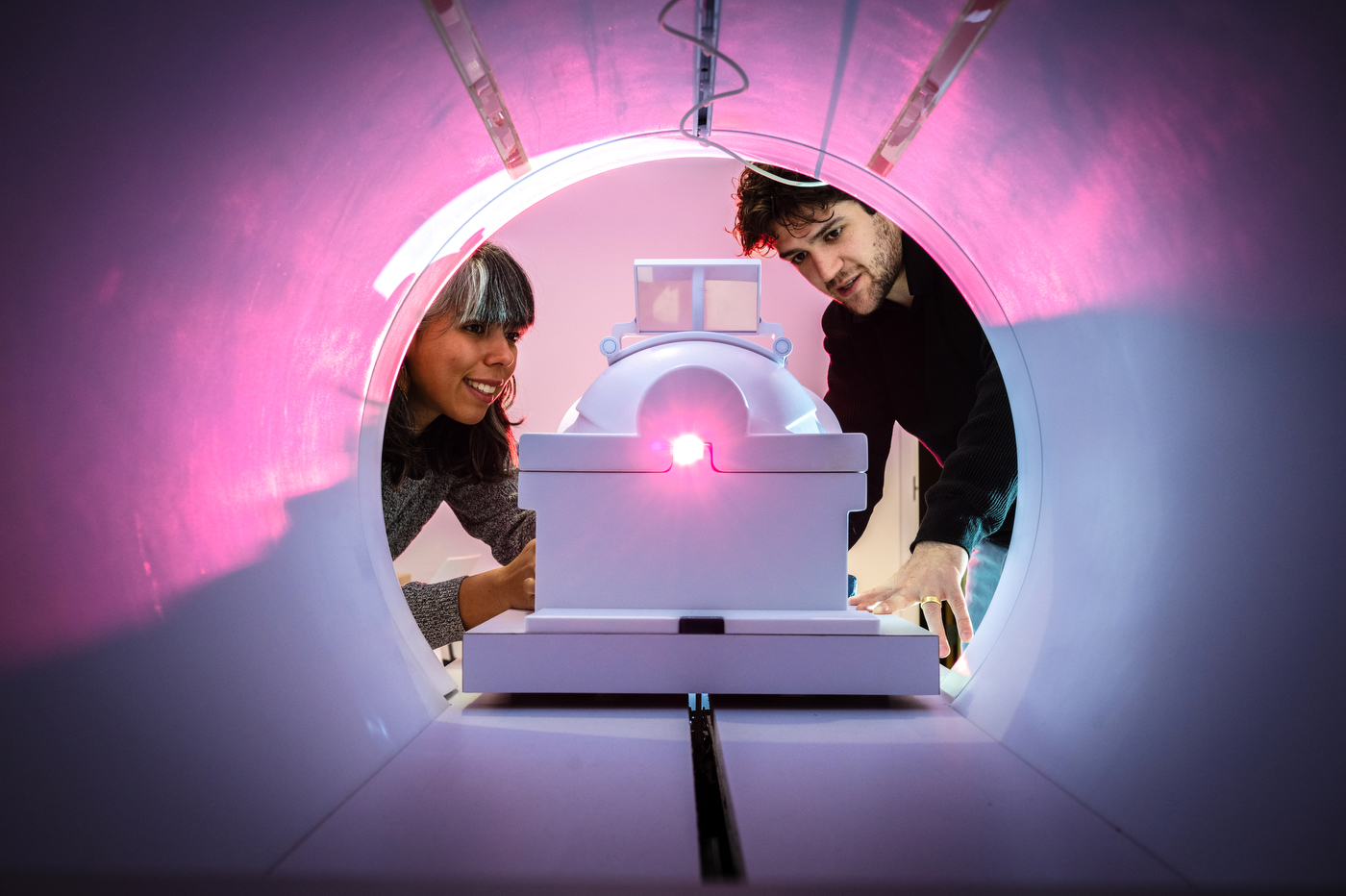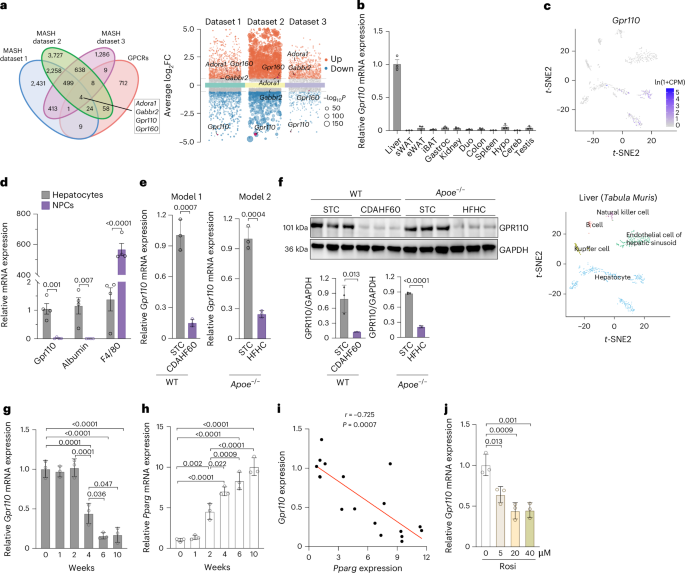Stress before surgery may matter more than doctors once thought. A new Duke University School of Medicine study finds that even modest stress can affect how older adults recover from surgery.
The study, published in

Stress before surgery may matter more than doctors once thought. A new Duke University School of Medicine study finds that even modest stress can affect how older adults recover from surgery.
The study, published in

Galaxy Therapeutics has announced it has successfully completed enrolment in SEAL IT, the company’s US investigational device exemption (IDE) pivotal trial evaluating the Seal device for brain aneurysms. The multicentre,…

Every week, the NeurologyLive® staff prepares this preview of what to expect from our coverage. This week on NeurologyLive, there are a number of hot topics that we will be posting on the website. As always, our weekly coverage extends beyond…

New research suggests that simplifying how brain imaging data are analyzed could make functional MRI scans far better at predicting individual health outcomes, a counterargument to the “just in case” MRI.
According to the Journal…

Younossi, Z. M. et al. The global epidemiology of nonalcoholic fatty liver disease (NAFLD) and nonalcoholic steatohepatitis (NASH): a systematic review. Hepatology 77, 1335–1347 (2023).
Google…

Scientists have completed a large laboratory analysis of widely used human-made chemicals and found that 168 of them are harmful to bacteria that normally live in a healthy human gut. These substances slow or stop the growth of microbes that play…

Everyone is a fan of a hot cup of tea or coffee in the winters.
Some people…

The new UK ban on junk food advertising before 9pm and online targets childhood obesity and forces change across food marketing.

A landmark UK ban on junk food advertising has come into force today, restricting the promotion of…